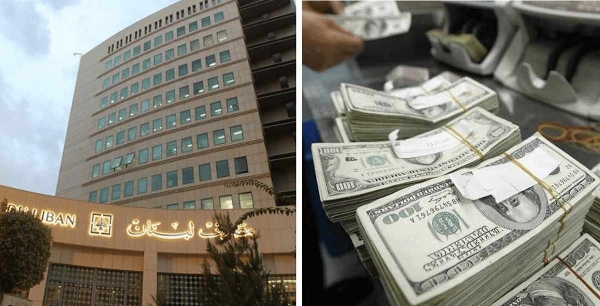Iraq’s Cultural Heritage Threatened by War and Corruption
The ancient city of Ur, a metropolis of the Sumerian civilization, is only 10% exposed while its remaining treasures are still unearthed due to the lack of funding of archeological excavations. Iraq’s wars of the past decades put a further halt to excavations around the country and made way for theft, looting, and military action on these sites. Today the structures of this city are eroded due to climate factors, bad conservation, military activity and the use of heavy equipment near the site. Despite that, Ur still contains the best conserved Ziggurat[1] in the region, and restoration had commenced in 2009 as a collaborative between Iraq’s ministry of culture and the Global Heritage Fund.
In Nineveh, the picture is similar but the causes differ. The ancient Assyrian city on the banks of the Tigris was at the time thought to be the largest city in the world. Today, it is on the Global Heritage Fund’s list of 12 sites around the world most “on the verge of irreparable loss”. In wartime and in peace, this site has not been spared. It has been exposed to extensive looting in the first case and threatened by development projects in the second. Underground pipes are installed so close to the site that there is a high probability that they are intercepting with unexplored ruins.
The US invasion implied even more destruction to Iraq’s cultural heritage. The lack of surveillance available at museums and archeological sites allowed both locals and Coalition soldiers to take advantage of them. News of the looting of the National Museum of thousands of items shocked observers worldwide and yet troops did nothing to enhance the security of heritage sites in their war zone. The US administration later revealed that it had not many plans for the protection of such institution. The Museum of Modern Art lost 8,000 of its pieces and the oldest market in Baghdad caught fire in 2005. Another unfortunate example is that of the Samarra Mosque where its minaret was used by US troops as a sniping tower. Following this positioning of the troops, the world’s first free-standing minaret was bombarded at the top as an effort to target enemy soldiers.
The list of items and locations damaged during the invasion of Iraq is quite extensive; mosques, minarets, libraries, national archives, heritage sites, etc… Trenches were even dug by American and Polish troops around ancient sites such as Babylon. Apart from the local looters, the coalition forces were also to blame for failing to protect valuable sites from collateral damage in their war zone. International legislation such as The Hague convention for the protection of cultural property does impose the protection of cultural property on occupiers during armed conflicts. However, the United States has not ratified this convention, nor have other states that were part of the coalition forces such as the United Kingdom and Australia. In fact, George Bush’s cultural advisors Martin Sullivan, Richard Lanier and Gary Vikan resigned in protest of the looting activities that their government did nothing to prevent.
With the relative decline in hostilities today, excavation projects have resumed but are mostly concentrated in the northern regions of the country since they are the most secure. Exploring Iraq’s archeological and historical heritage could finally allow for the full exploitation of the country’s tourism potential. An antiquities police force was created in 2008 to track this illegal activity. This however is not on the government’s list of priorities. Corruption has left this police force with a very small number of officers and a very limited budget. In the aftermath of a destructive war, investment is geared to the country’s oil resources; a more profitable sector that can fund development projects across the country.
[1] Temple shaped like a stepped pyramid.








Leave A Comment